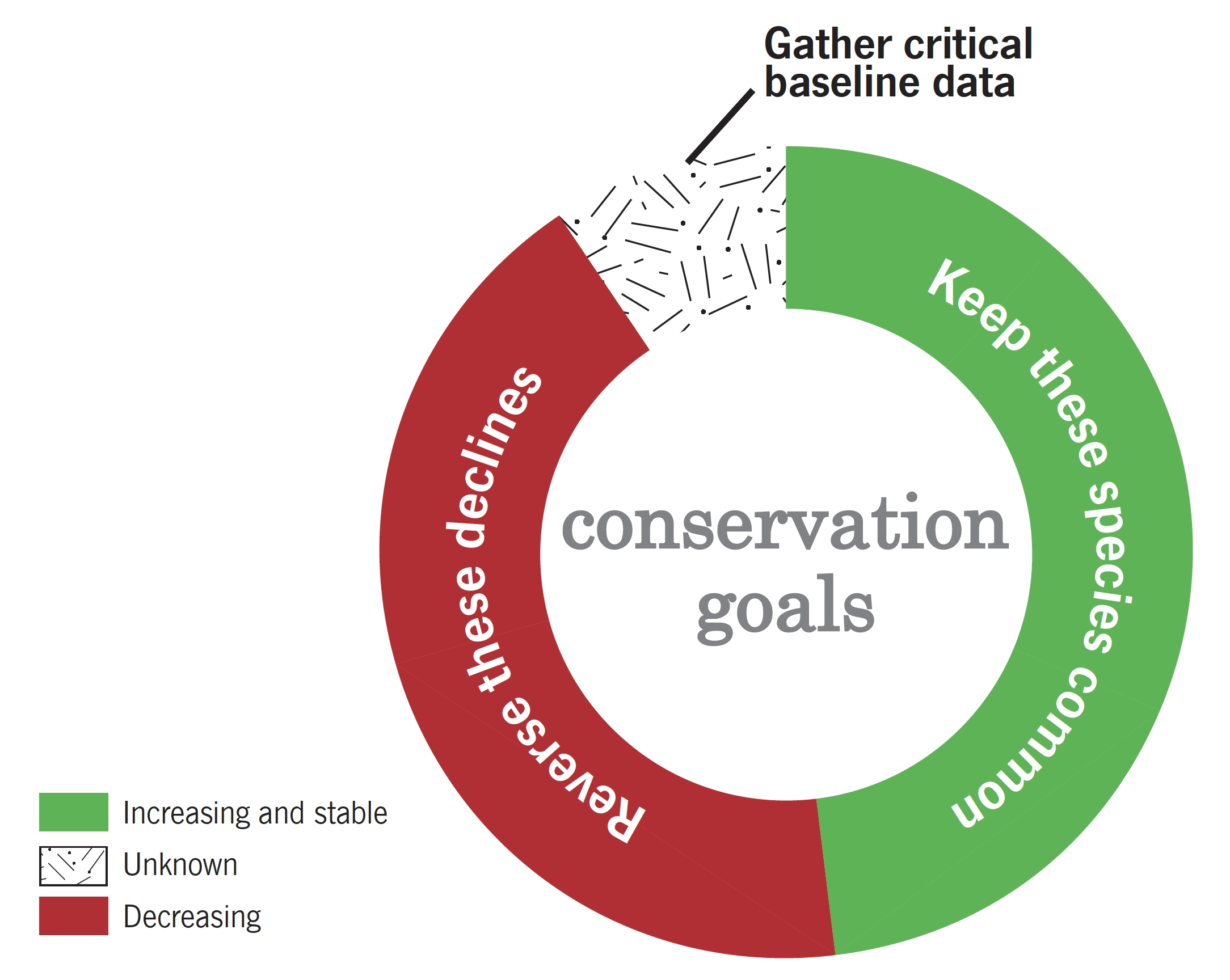
These species need our help, and we need to implement a diverse array of actions to ensure they remain on the landscape. We also want their populations to recover to the point that they are no longer conservation priorities.
Just because a species is currently increasing or stable doesn’t mean it always will be. Declines in common species may be early indicators of unforeseen environmental problems. Maintaining healthy habitat for widespread species will also benefit the rarer or declining ones that co-occur.
Many rare or secretive species have unknown trends, and as a result we don’t always know their true conservation status. If they’re declining we’ll need to start thinking about possible conservation actions, but in the absence of more information it’s impossible to set priorities.
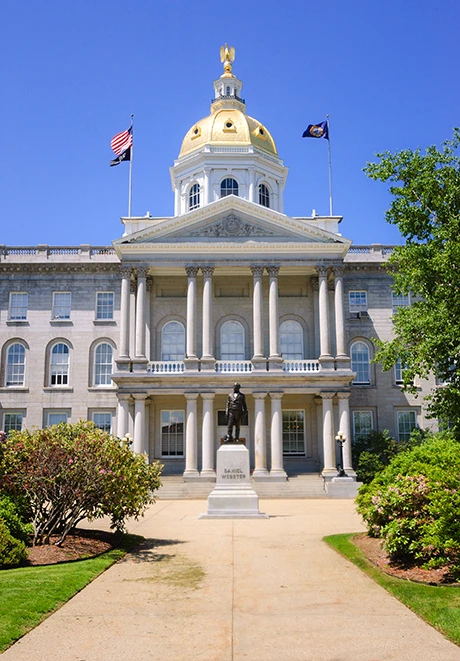
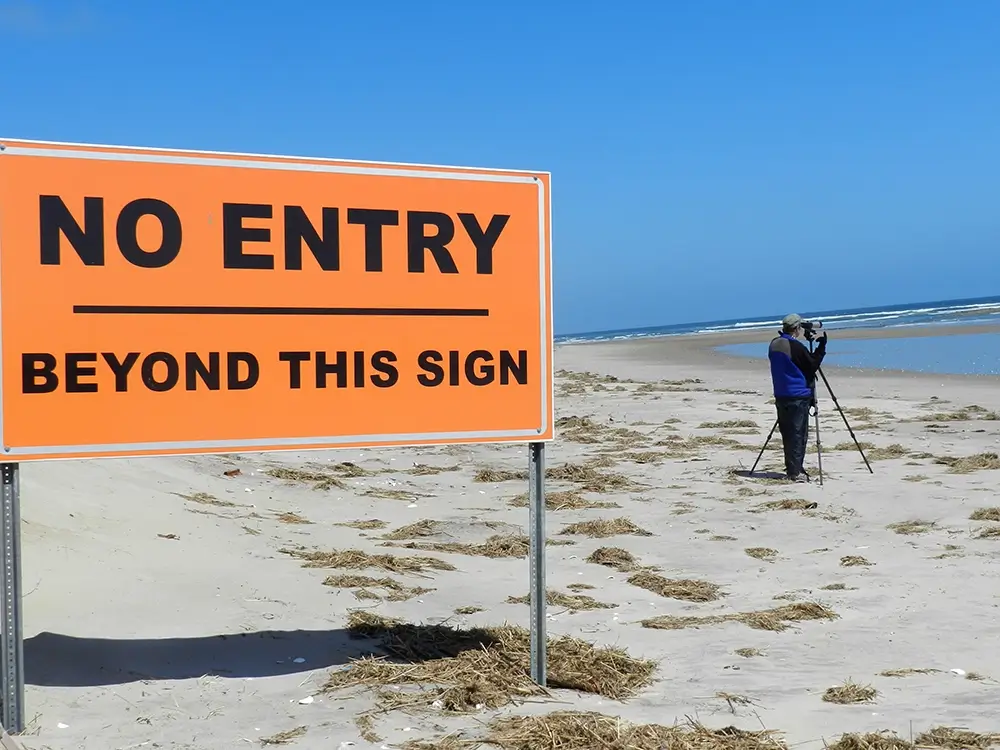
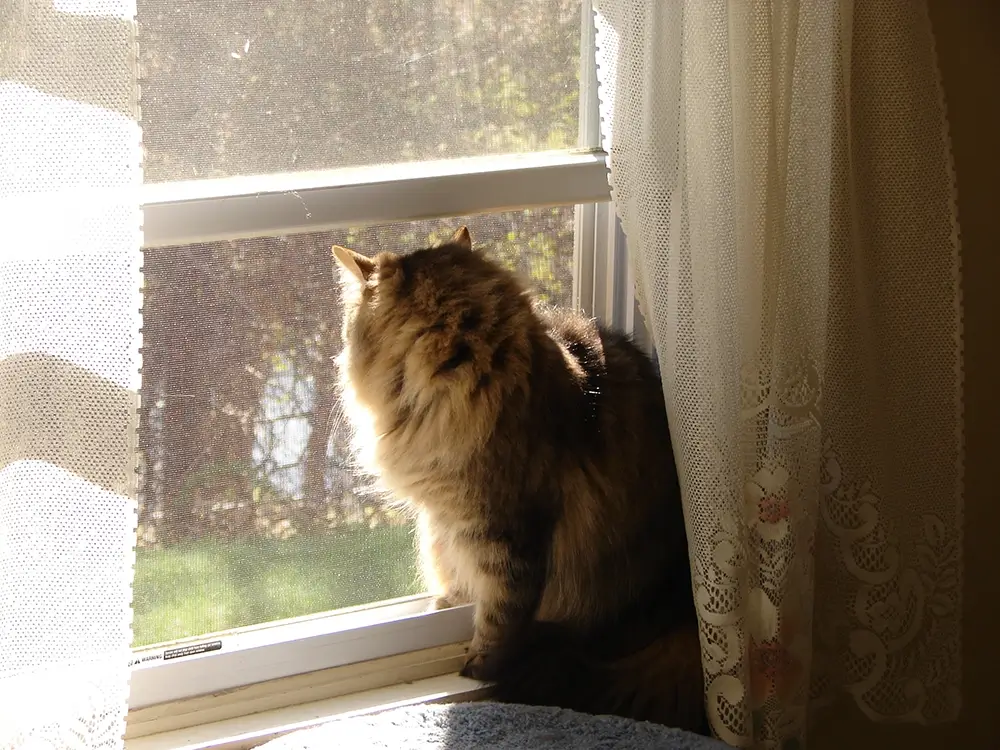
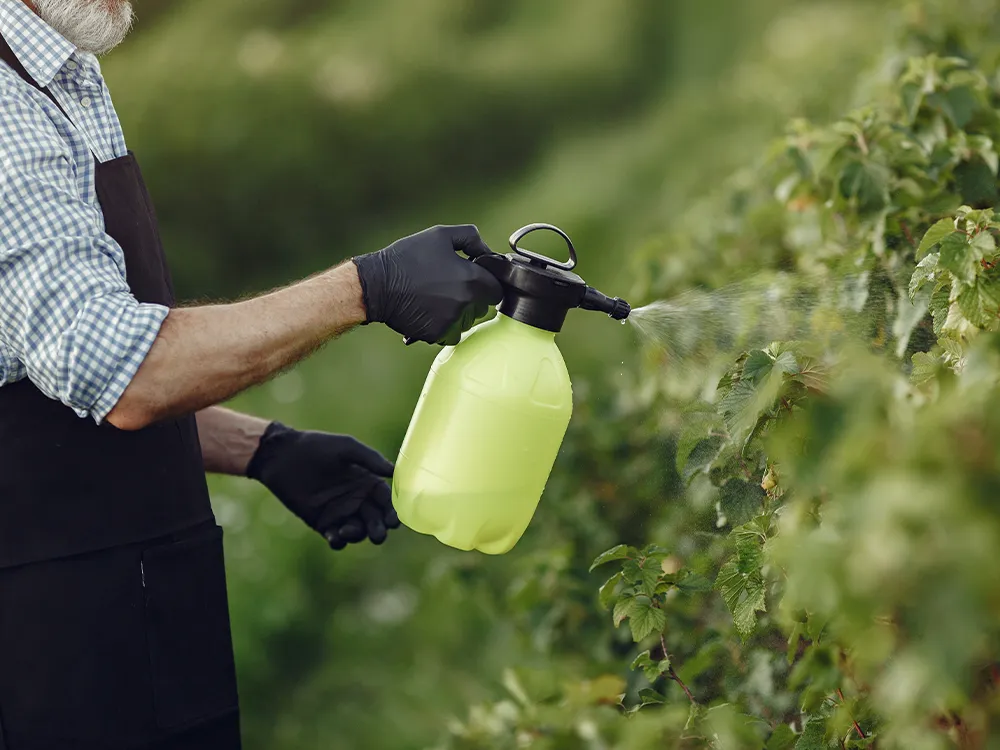
Avoid using pesticides and herbicides; if you currently have pesticides, dispose of them at a household hazardous waste collection day.
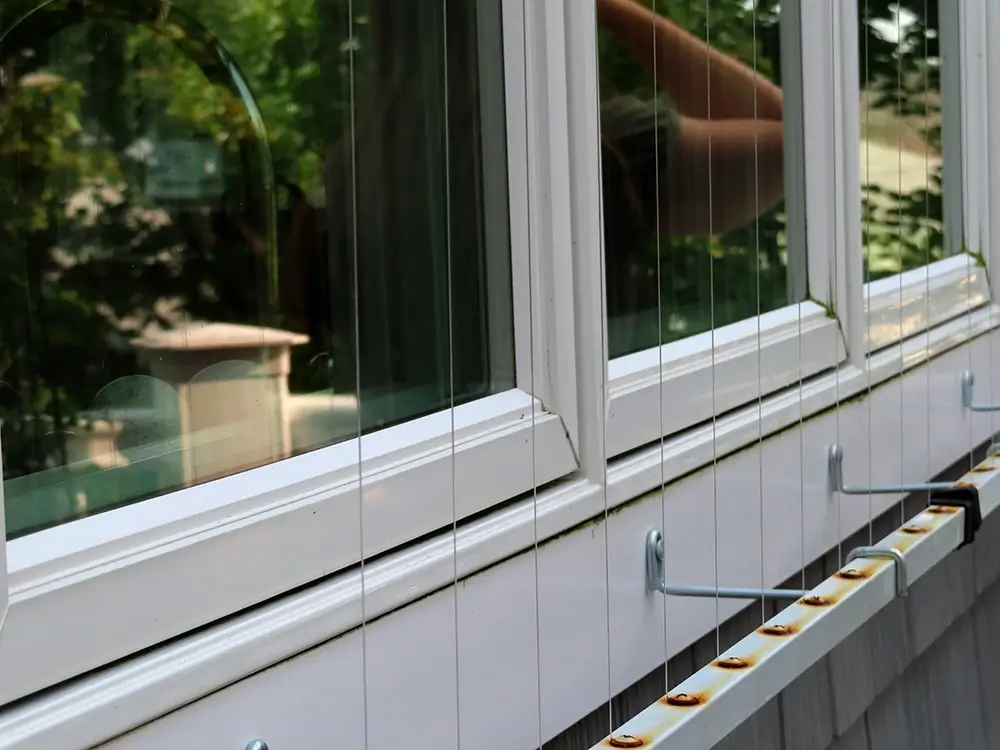

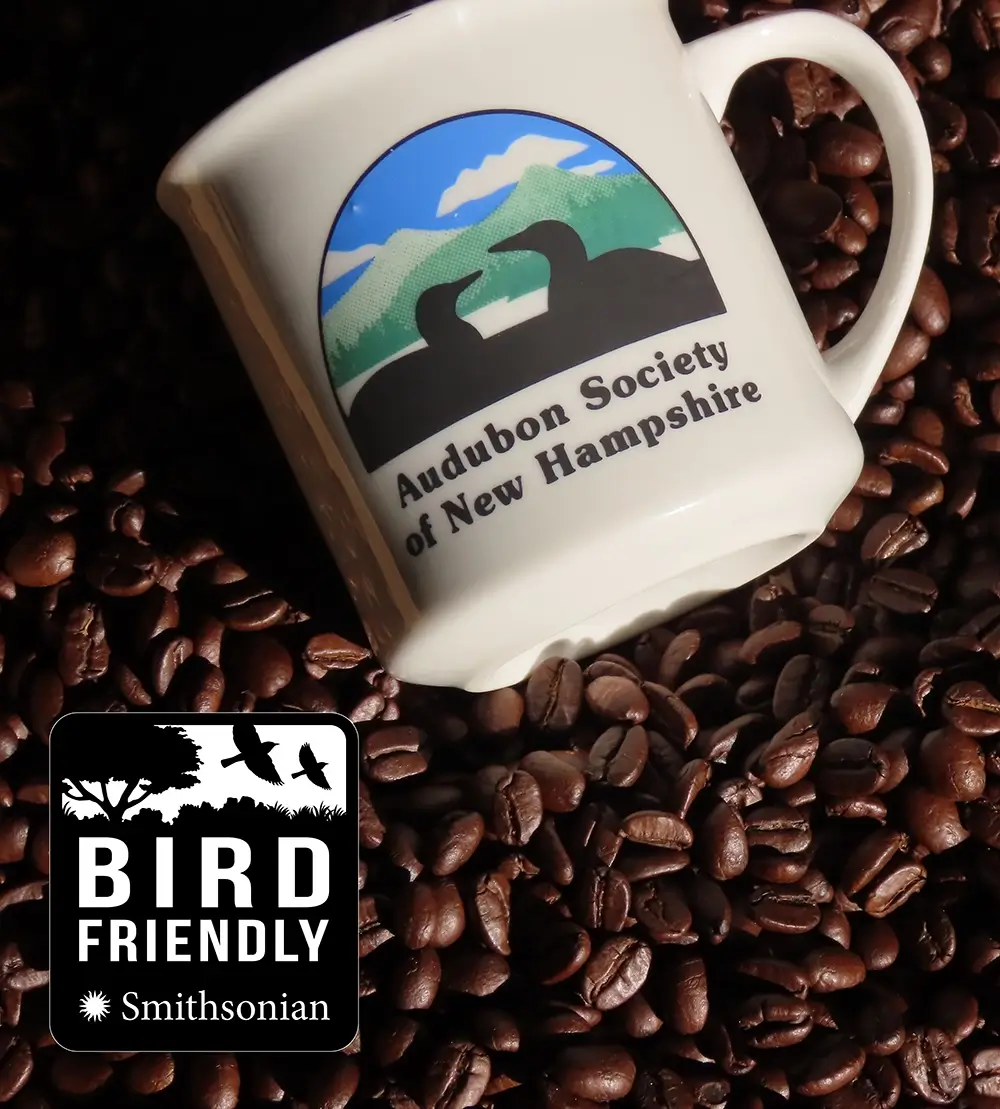
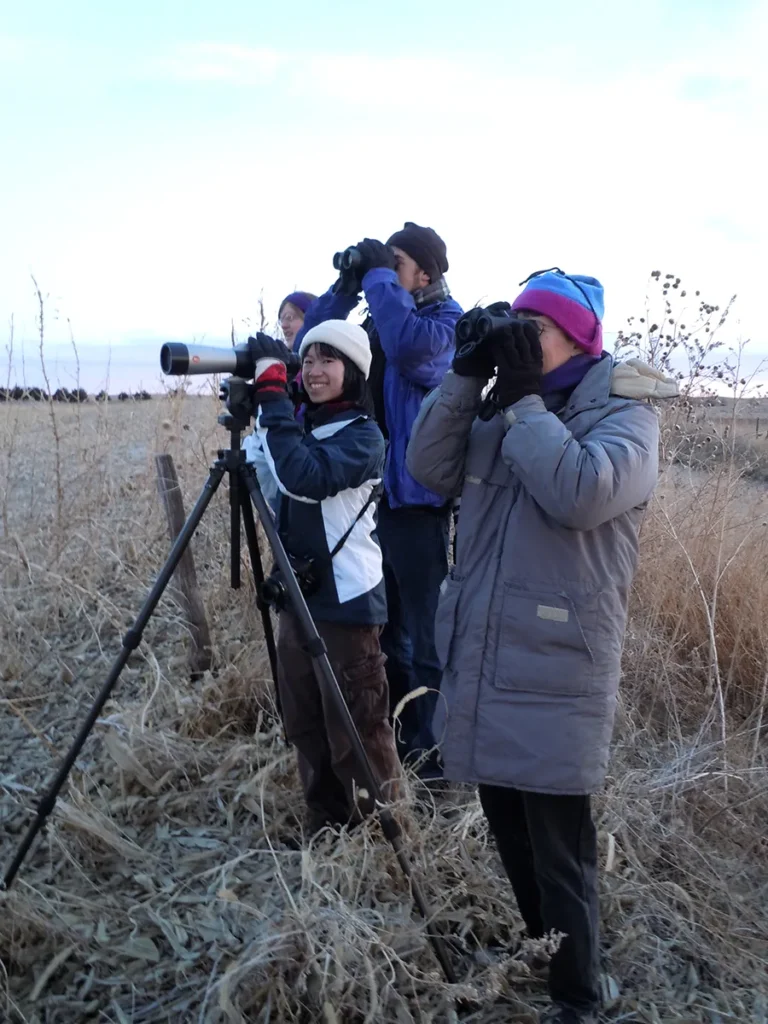
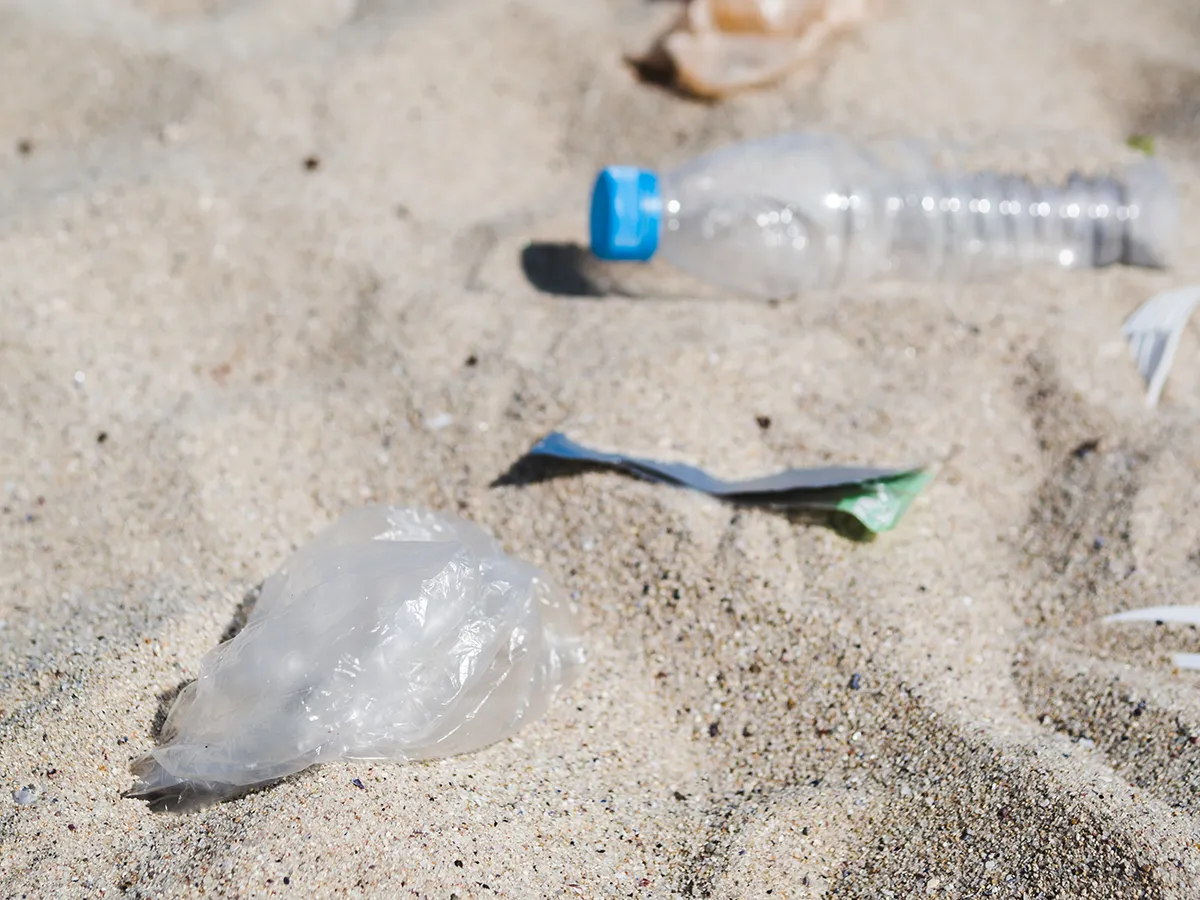
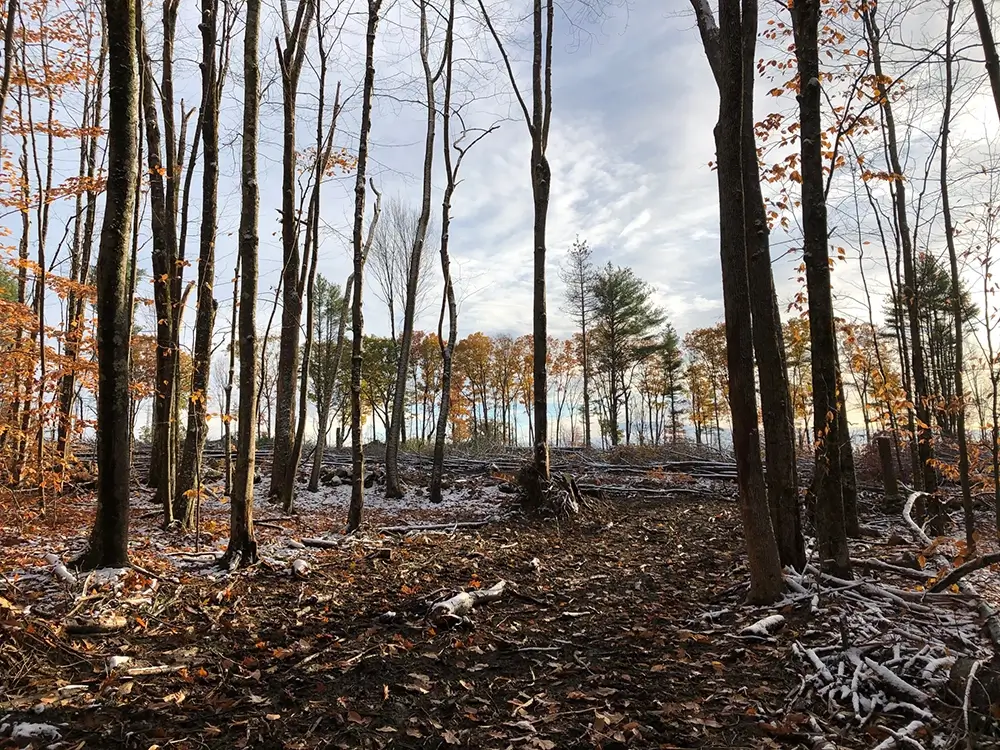
UNH Cooperative Extension provides numerous resources on managing land for wildlife including a very helpful series of brochures on habitat stewardship for several different types of habitats. They also offer landowners free advice on forest management issues.

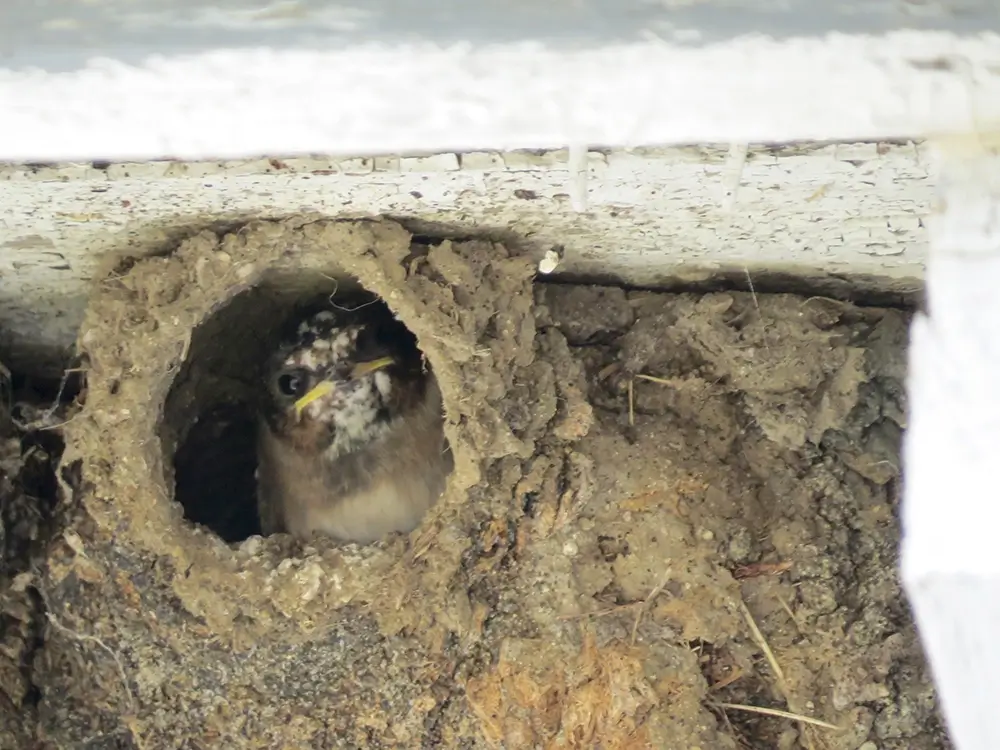
Information for the species profiles on this website was compiled from a combination of the sources listed below.
The Birds of New Hampshire. By Allan R. Keith and Robert B. Fox. 2013. Memoirs of the Nuttall Ornithological club No. 19.
Atlas of the Breeding Birds of New Hampshire. Carol R. Foss, ed. 1994. Arcadia Publishing Company and Audubon Society of New Hampshire
Birds of the World. Various authors and dates. Cornell Laboratory of Ornithology.
Data from the Breeding Bird Survey
Data from the Christmas Bird Count